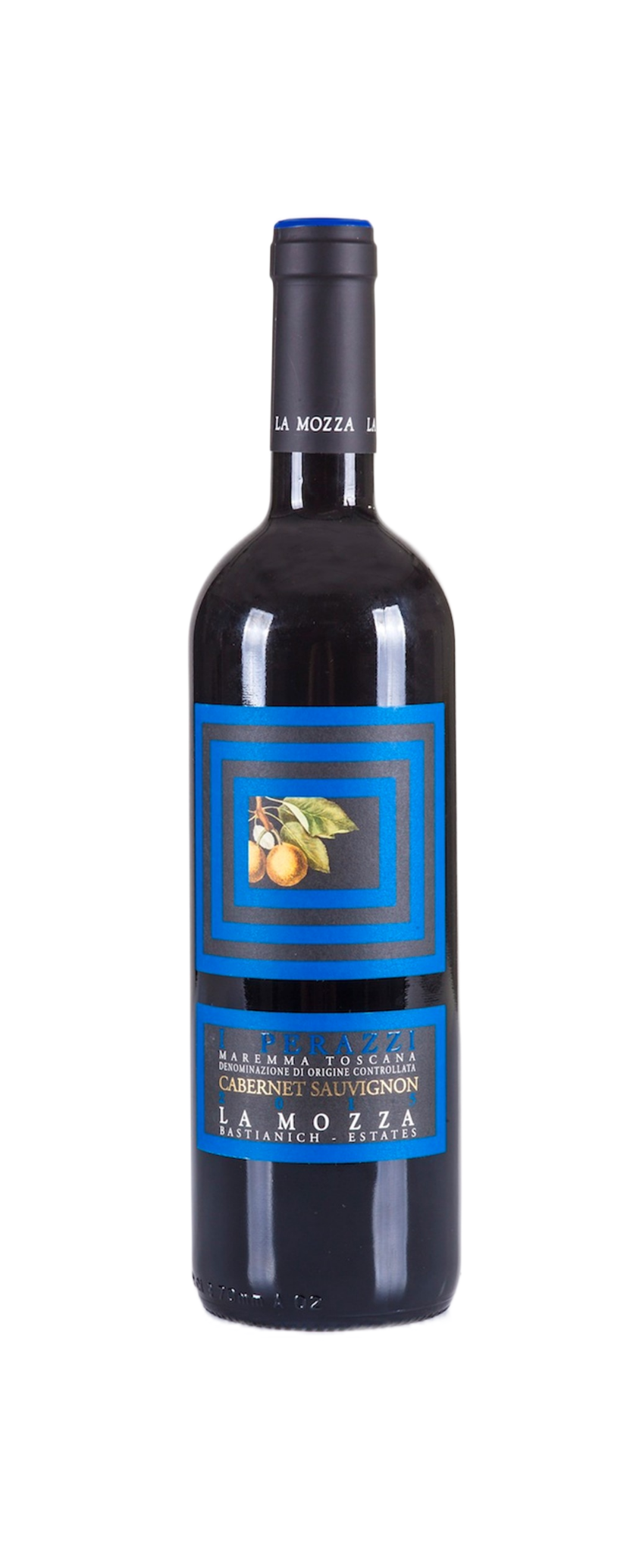La mozza
Our wines
The style of La Mozza wines aspires to complexity and structure, but always linked to, indeed supported and enhanced by, perfect balance and overall integrity. Characteristics that when merged and harmonized with each other give the wines marked sense of terroir and simuntaneously, elegance, finesse and captivating preservability. Wines, therefore, outside the usual production canons and far from too many modern “special effects”, aimed rather at the inexhaustible search for “qualitative beauty” and ageability.
LA MOZZA
Aragone
A distinctive wine produced in a region famous for Super-Tuscans and Bordeaux varieties. The native Sangiovese is mixed with Syrah, Alicante and Carignan, giving life to a “Super-Med” that highlights the Mediterranean wine-making tradition. The name “Aragone” refers to the Aragonese of Spain, who ruled in the Maremma in the 1500s.
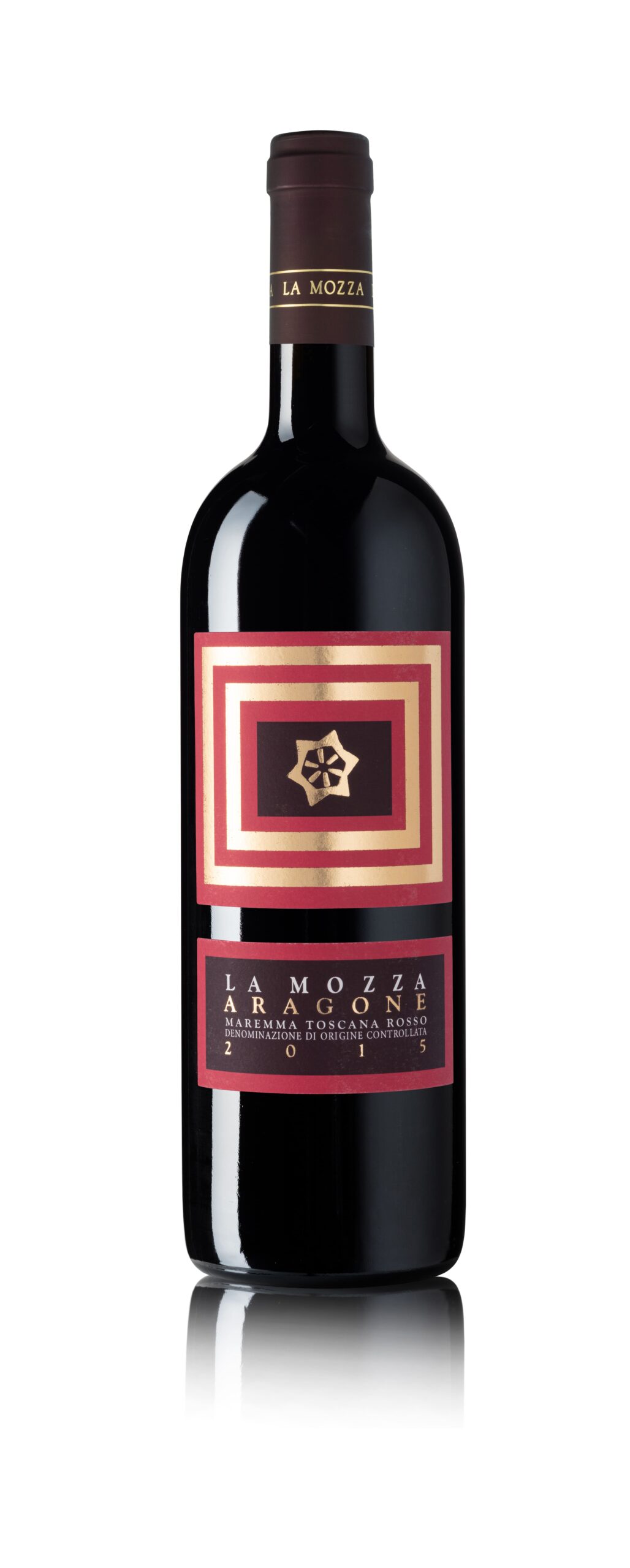
LA MOZZA
Sangiovese
It’s a wine that reveals the other side of Sangiovese, leading it back to the Maremma territory with extreme grace, but with infinite firmness. An unusual color, deep, of rare ruby beauty. A different fruit, sweet and ripe in which sun, soil and cellar design ideas give life to what Maremma can really give to those who know how to listen to it.
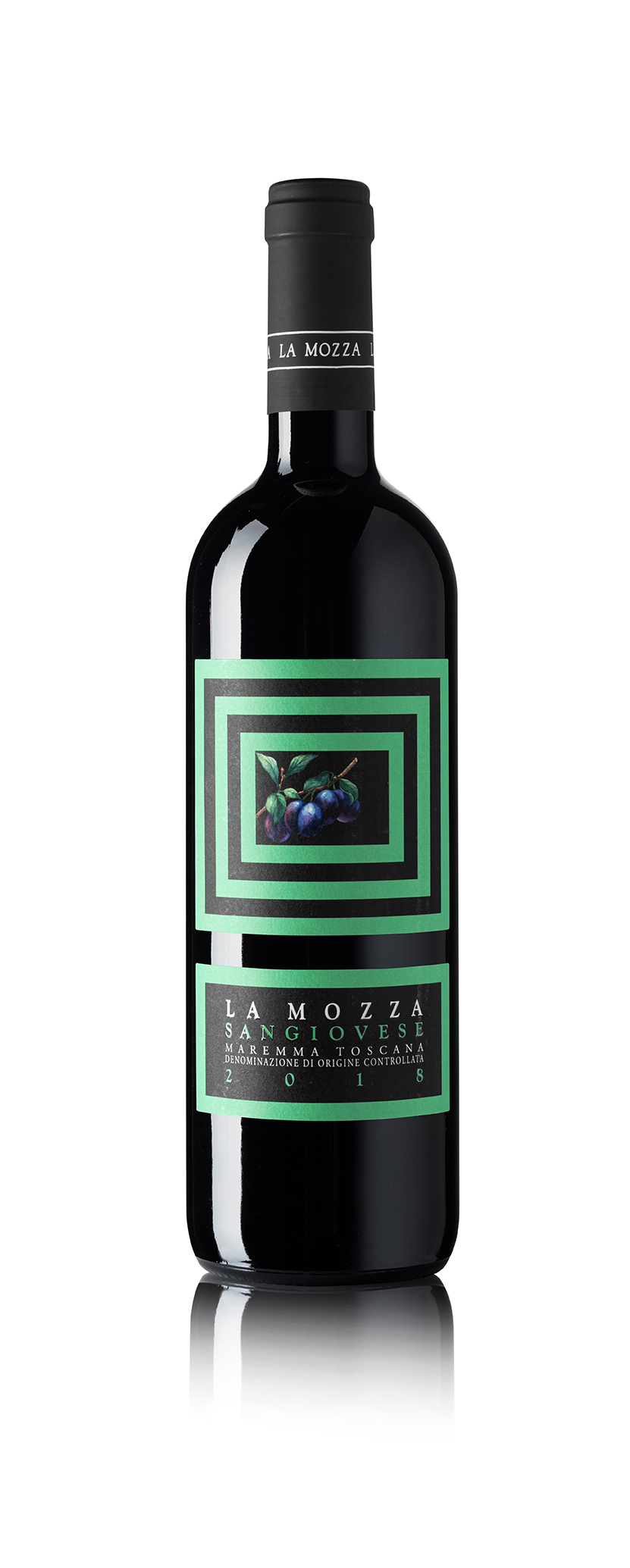
LA MOZZA
Ciliegiolo
Cultivated for centuries in Tuscany, especially in the Maremma area, Ciliegiolo represents the essence of the territory from which it originates. Produced in purity in order to emphasize all its characteristics, it is rightly considered among the native vines of excellence and among the most typical ones of the region.
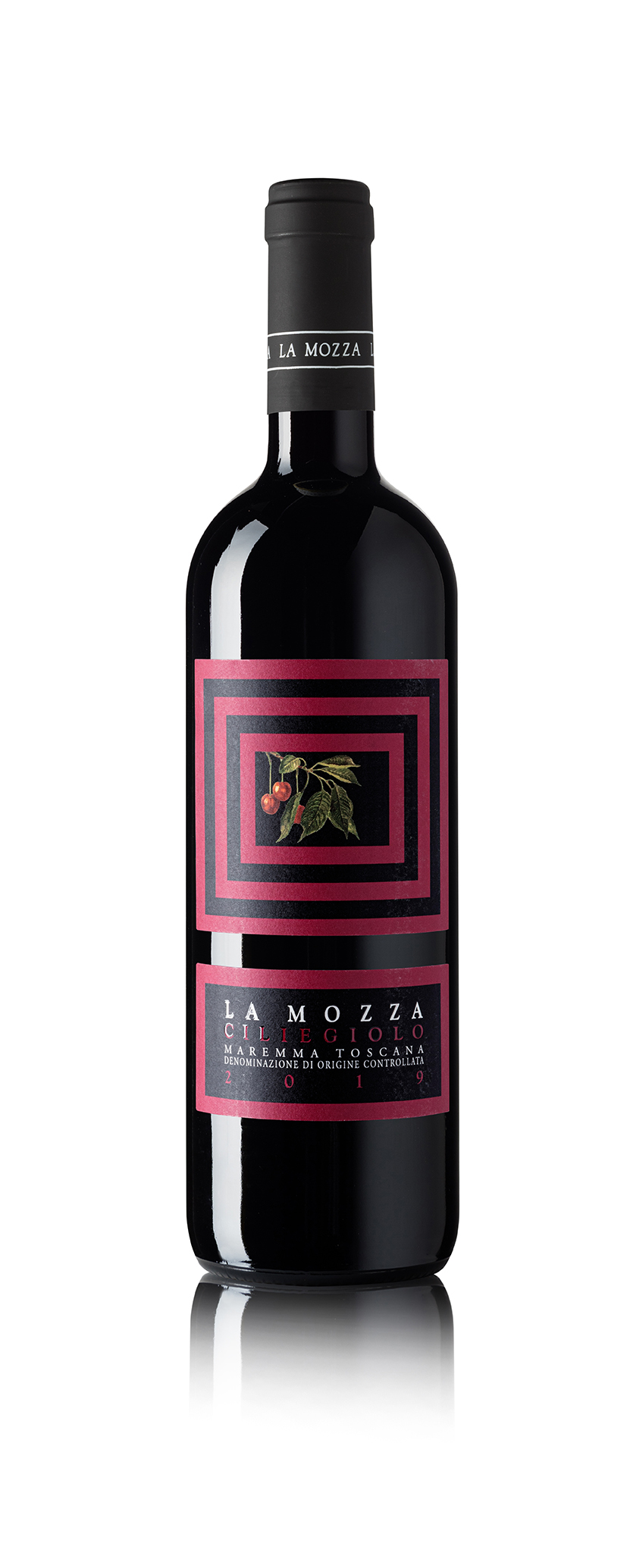
LA MOZZA
Morellino di Scansano
Designed and produced to enhance its uniqueness and diversity with respect to the sector, it comes from a blend that includes Mediterranean and indigenous varieties as well as the minimum percentage of Sangiovese required by the disciplinary (85%). Of great expressiveness, it best underlines the potential of the Maremma terroir.
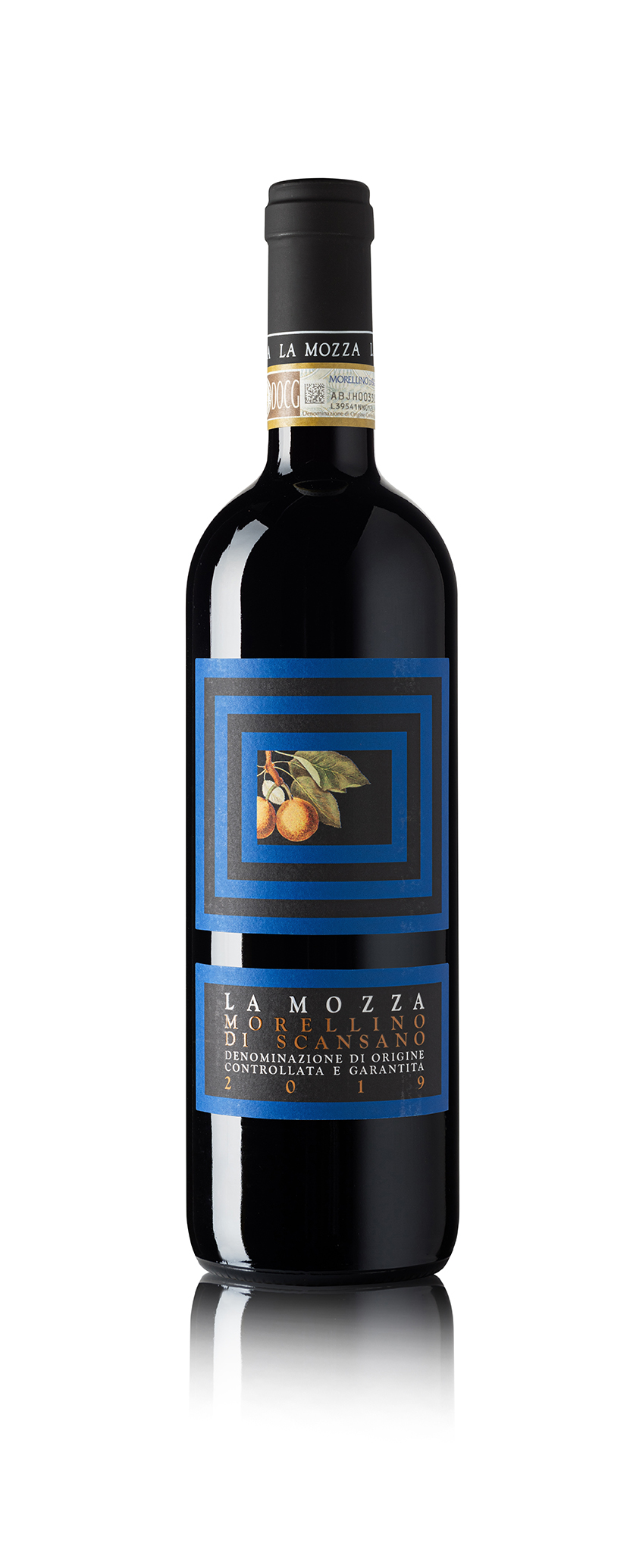
LA MOZZA
Cabernet Sauvignon
A truly Tuscan Cabernet, in which the great Bordeaux variety is interpreted with Maremma style: maximum ripeness and highest quality.
